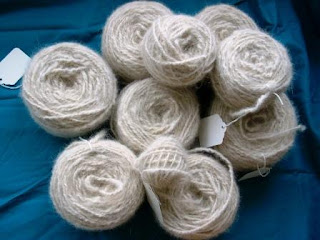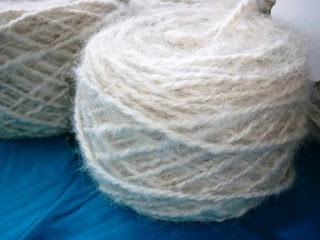This week I heard the news that sheep shearers will have difficulty coming into the UK as the number of unskilled workers entering the country is being capped. My blood boiled at the idea. First, I object to sheep shearers being classed as unskilled, I challenge anyone who thinks shearing sheep is unskilled work to give it a go, they would soon change their mind. Secondly, the sheep industry needs the shearers from overseas, we do not have enough home-grown sheep shearers to shear the British flock. There are approximately 36 million sheep in the UK. About 500 overseas shearers enter the UK each year. They shear 20-25% of the UK flock. Sheep shearers are different from other migrant workers, they are not coming to stay, they are only here for the season, then they move on. The sheep shearing season in this country is from May to the end of July. These are not permanent immigrants, they are passing visitors.
In addition the argument that we should train the unemployed to take on these jobs done by workers from overseas does not stand up when it comes to shearing. Shearing is seasonal, anyone training as a shearer will have three months work per year and be unemployed for the other nine months of the year unless they become a migrant worker themselves and follow the shearing seasons around the world. Not an attractive option for anyone with a family. Then there is the question of being up for the job, to shear one sheep then collapse in a heap completely exhausted you need to be physically able and fairly strong. Shearers are paid by the sheep at the rate of around £1 per animal. To make a living you must be able to shear between 100-400 sheep per day. It takes a person as fit and flexible as an athlete and with the right mindset to shear 400 sheep a day, day after day.
Furthermore there is the question of what happens to the sheep in the worse case scenario where the overseas shearers are not allowed into the country and we do not have enough shearers to go round. In this case, sheep will be waiting well into August or even later to be shorn. As the summer progresses and the fly population increases sheep will get flystrike, a terrible occurrence where flies lay their eggs in the fleece, the eggs hatch into maggots and the maggots eat the sheep alive. I have seen plenty of sheep with a hole in them you could fit your fist in, they suffer terribly and without urgent treatment they die a slow and painful death. Another thing which can happen if a sheep is not shorn is heat stroke, extra woolly breeds, such as the Poll Dorset, are particularly prone to this. Sheep can and do die from heat stroke. Then there is the problem of getting cast. If a sheep is not shorn the new fleece will still grow under the old fleece, this forms a heavy mat of wool. If the sheep gets onto its back it can be unable to right itself because of the weight of the fleece, a sheep stuck on its back, if not rescued will die very slowly. I’ve heard of cast sheep which had their eyes picked out by crows and in one case a badger ripped open the udder of a trapped sheep to drink the milk, while she was still alive. Not shearing sheep is not an option. Shearing them in August will put them at risk and cause suffering.
This issue of letting the overseas shearers into the country crops up year after year. It is time this nonsense ended. We should welcome and respect our highly skilled, hard working friends from overseas.


